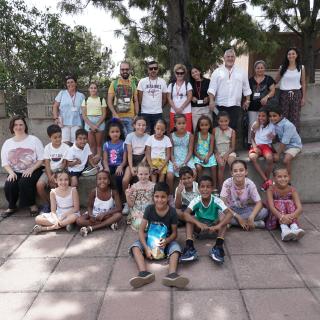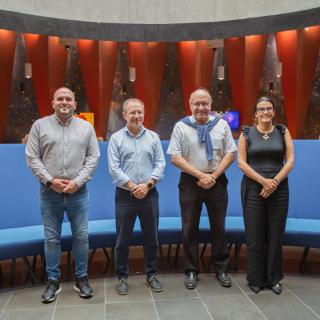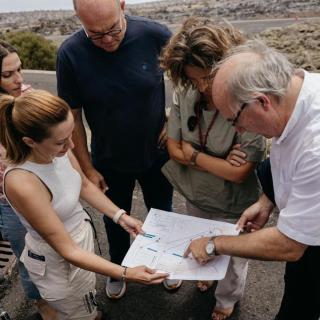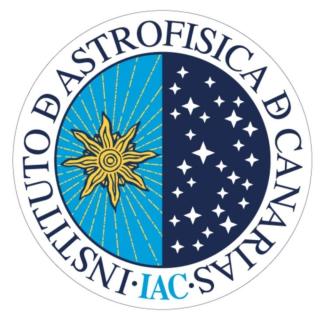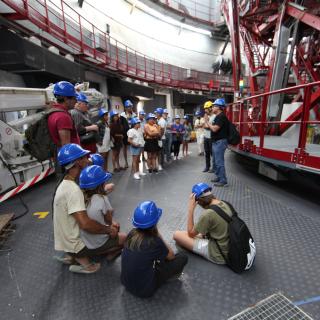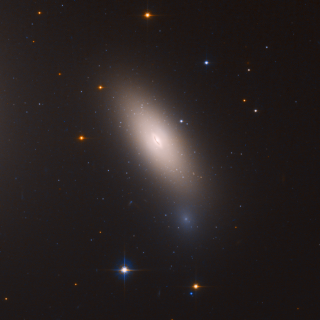
The standard cosmological model states that massive galaxies contain a large fraction of dark matter. Dark matter is a transparent substance that does not interact through regular baryonic matter and is only detected through its gravitational pull over the stars and the gas. NGC 1277 is known as the prototype of a relic galaxy, that is, a galaxy that has not accreted other galaxies since it formed. Relic galaxies are extremely rare and are the untouched remains of the giant galaxies that populated the early Universe. Since relic galaxies are very important to understand the conditions in the
Advertised on
